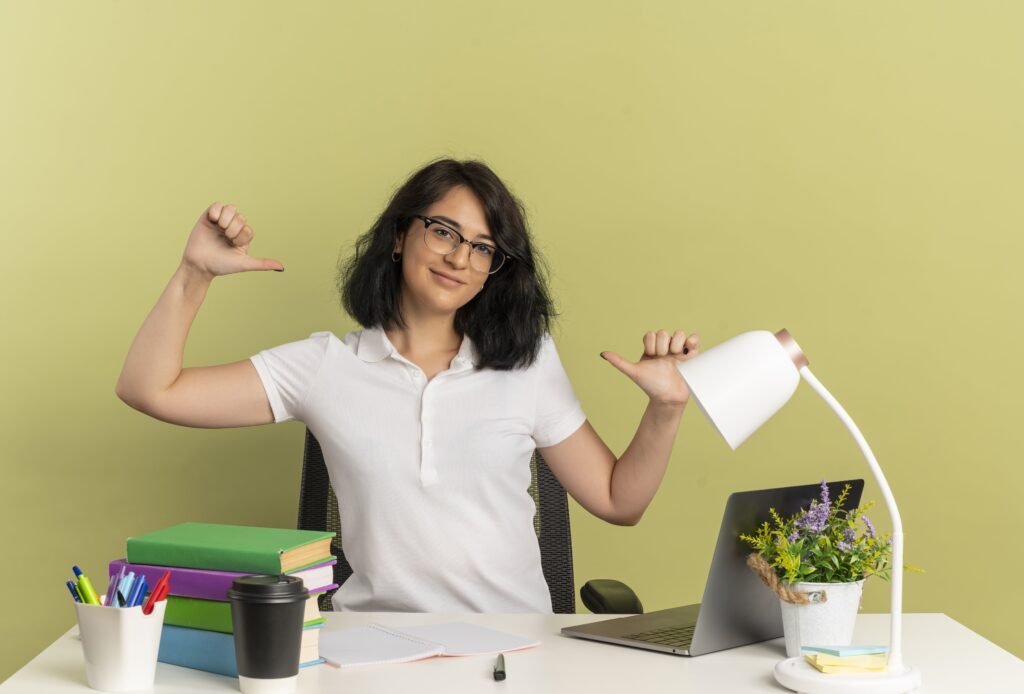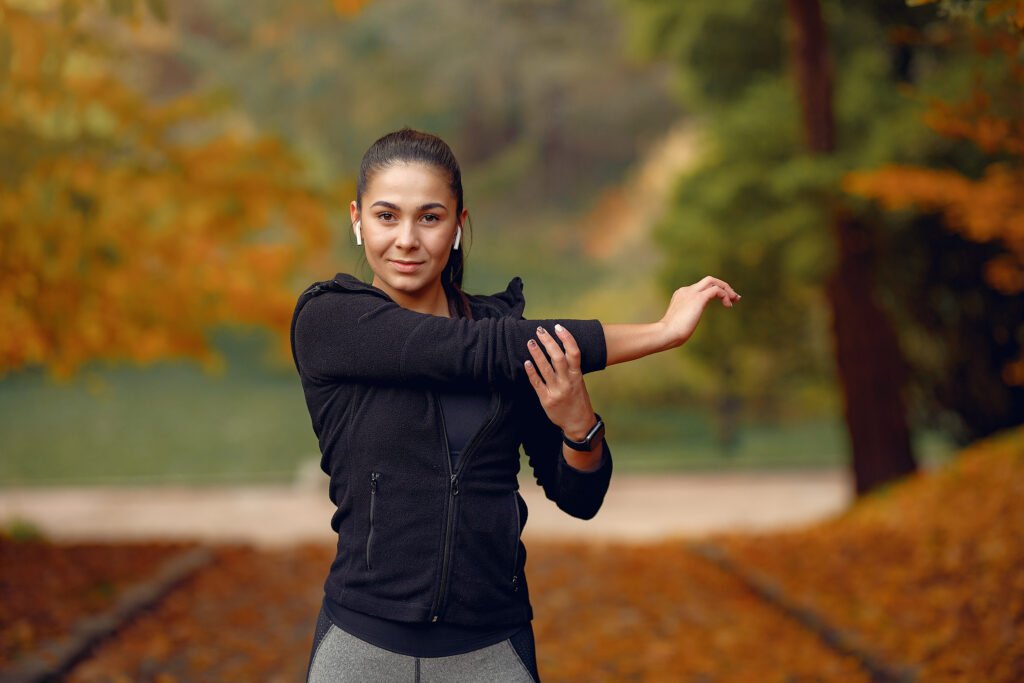Health Relaxation Insights for Long-Term Calm and Health
Health Relaxation is a vital practice for achieving lasting calmness and robust health in a demanding world. By integrating intentional relaxation techniques into daily life, individuals can manage stress, enhance mental clarity, and nurture physical well-being. This comprehensive guide explores Health Relaxation methods, including mindfulness exercises, breathing techniques, and lifestyle adjustments, to foster sustained tranquility. For additional resources, visit Health Relaxation.
The Foundation of Health Relaxation

Health Relaxation involves purposeful practices to reduce stress and promote a state of balance. It transcends temporary rest, aiming for enduring calmness that supports both mind and body. Through Relaxation Techniques, individuals can navigate daily pressures, sharpen focus, and build emotional resilience. These methods are accessible to all, requiring minimal resources, and can be tailored to any schedule.
Chronic stress disrupts sleep, heightens anxiety, and weakens immunity. Health Relaxation counters these effects by activating the body’s relaxation response, which slows heart rate and fosters serenity. Consequently, adopting Healthy Relaxation Methods becomes essential for long-term wellness, paving the way for a calmer, healthier life.
The Science of Relaxation
Relaxation is a biological necessity, not a luxury. Engaging in Relaxation Techniques triggers endorphin release, creating a sense of calm. Studies show that practices like meditation can reduce anxiety by up to 38% in regular practitioners. Similarly, breathing exercises lower blood pressure, supporting overall health.
Moreover, Health Relaxation strengthens the parasympathetic nervous system, which governs rest and recovery. This balance is crucial for Mental Health and Calmness, enabling individuals to handle stressors effectively. By prioritizing these techniques, you establish a foundation for sustained well-being.
Essential Relaxation Techniques for Beginners
Starting a Health Relaxation practice is simple, with methods that integrate seamlessly into daily routines. Below are beginner-friendly approaches to cultivate calmness and support long-term health.
Meditation for Beginners
Meditation is a cornerstone of Health Relaxation, offering a pathway to mental clarity. For beginners, a five-minute daily practice can yield significant benefits. Sit in a quiet space, close your eyes, and focus on your breath. If thoughts drift, gently redirect your attention.
Guided meditation apps or videos provide structure, making Meditation for Beginners approachable. Over time, this practice enhances focus, reduces stress, and supports a Relaxing Lifestyle, fostering long-term calm and health.
Breathing Techniques for Stress Relief
Breathing Techniques are fundamental to Health Relaxation. Controlled breathing calms the nervous system, reducing stress hormones. Try the box breathing method: inhale for four seconds, hold for four, exhale for four, and hold again for four. Repeat for five minutes.
This technique is portable, requiring no tools, and fits perfectly into a Home Relaxation Guide. Regular practice promotes Wellness and Relaxation, helping you stay grounded. As a result, it’s a powerful tool for long-term health.
Mindfulness Exercises for Daily Tranquility
Mindfulness Exercises anchor you in the present, a key aspect of Health Relaxation. A simple exercise is the “3-3-3” technique: name three things you see, hear, and feel. This grounds you, reducing anxiety and enhancing awareness.
Practicing mindfulness during routine tasks, like eating or walking, fosters Mental Health and Calmness. These exercises are flexible, fitting busy schedules and supporting a Relaxing Lifestyle for sustained well-being.
Building a Relaxing Lifestyle
Health Relaxation extends beyond isolated practices; it’s about creating a lifestyle that prioritizes long-term calm. Small, consistent changes can transform your daily experience, making relaxation a natural part of life.
Crafting a Home Relaxation Guide
Your environment shapes Health Relaxation. Designate a quiet corner at home for relaxation activities. Use soft lighting, comfortable seating, and calming scents like chamomile. Spend 10–15 minutes daily in this space for meditation or breathing exercises.
Decluttering your home reduces mental noise, supporting Healthy Relaxation Methods. A serene environment encourages tranquility, making it easier to maintain a wellness-focused routine for long-term health.
Incorporating Gentle Movement
Physical activity complements Health Relaxation by releasing tension and boosting mood. Practices like yoga or tai chi combine movement with mindfulness, enhancing Stress Relief Tips. A 20-minute yoga session, focusing on slow stretches and deep breathing, can significantly reduce stress.
Even a daily walk in nature promotes Wellness and Relaxation. Aim for 30 minutes of movement most days to support a Relaxing Lifestyle. This integration strengthens both physical and mental health over time.
Nutrition for Sustained Calm
A balanced diet supports Health Relaxation by stabilizing energy and mood. Foods rich in omega-3s, like flaxseeds, and magnesium, like almonds, promote brain health and calmness. Limit caffeine, which can heighten anxiety, to maintain balance.
Hydration is critical. Drinking eight glasses of water daily supports bodily functions, aiding Mental Health and Calmness. By prioritizing nutrition, you enhance the effectiveness of Relaxation Techniques for long-term health.
Advanced Health Relaxation Strategies

Once comfortable with basic techniques, advanced methods can deepen your Health Relaxation practice. These approaches require focus but offer profound benefits for sustained calm and health.
Progressive Muscle Relaxation
Progressive Muscle Relaxation (PMR) is a Healthy Relaxation Method that involves tensing and releasing muscle groups. Start at your toes, tense for five seconds, then release. Move upward, ending at your head. This practice reduces physical tension and promotes Mental Health and Calmness.
PMR is ideal before bed, preparing the body for restful sleep. Incorporate it into your Home Relaxation Guide to enhance your relaxation practice and support long-term health.
Guided Visualization for Serenity
Guided visualization involves imagining a peaceful scene, like a meadow or lake, to evoke calmness. Close your eyes, breathe deeply, and picture vivid details—sounds, textures, and smells. This technique deepens Health Relaxation by engaging the mind’s creative capacity.
Apps or audio guides make this accessible for Meditation for Beginners. Regular practice strengthens emotional resilience, supporting a Relaxing Lifestyle and fostering lasting calm.
Journaling for Emotional Clarity
Journaling is a powerful Mindfulness Exercise that promotes Health Relaxation. Spend 10 minutes daily writing about your thoughts or feelings. This practice clarifies emotions, reduces stress, and supports Mental Health and Calmness.
Use prompts like “What brought me calm today?” or “What am I grateful for?” to guide your writing. Journaling fits into a Home Relaxation Guide, offering an outlet for emotional release and enhancing long-term health.
Overcoming Relaxation Challenges
Health Relaxation is transformative, but challenges like time constraints or distractions may arise. Here’s how to address them for sustained success.
Finding Time for Relaxation
Busy schedules can make Relaxation Techniques feel impractical. However, even five minutes daily can make a difference. Schedule relaxation like any other task, perhaps during a break or before bed. Consistency builds habits, embedding Health Relaxation into your routine.
Managing Distractions
Distractions, like notifications or noise, can disrupt Health Relaxation. Silence devices and choose a quiet space for practice. Inform others to ensure uninterrupted time. This creates an environment conducive to Wellness and Relaxation, supporting long-term calm.
Maintaining Motivation
Motivation can wane, especially for beginners. Track your progress in a journal, noting how Relaxation Techniques improve your mood or energy. Joining a meditation group or online community reinforces commitment to a Relaxing Lifestyle, ensuring sustained health benefits.
Long-Term Benefits of Health Relaxation
Consistent Health Relaxation offers profound rewards. Regular practice reduces anxiety, improves sleep, and enhances emotional resilience. Physically, it lowers heart rate and boosts immunity, contributing to overall wellness.
Mentally, Health Relaxation fosters clarity and creativity. By integrating Relaxation Techniques, you develop a mindset that handles stress with ease. This proactive approach supports Mental Health and Calmness, ensuring long-term health and tranquility.
Integrating Health Relaxation into Daily Life
To sustain Health Relaxation, weave it into everyday moments. Practice deep breathing during commutes, mindfulness while eating, or gentle stretches before bed. These small acts accumulate, creating a seamless Relaxing Lifestyle.
Sharing your journey with others can reinforce commitment. Discuss Stress Relief Tips with friends or family to build a supportive network, enhancing your relaxation practice for long-term calm and health.
Conclusion
Health Relaxation is a powerful practice for achieving lasting calm and health. By embracing Relaxation Techniques like meditation, breathing exercises, and mindfulness, you can cultivate Mental Health and Calmness. These accessible methods, adaptable for home use, foster a Relaxing Lifestyle that supports long-term well-being. Start small, stay consistent, and explore resources like Health Relaxation to deepen your practice. With dedication, Health Relaxation becomes a transformative force, guiding you toward a calmer, healthier life.
